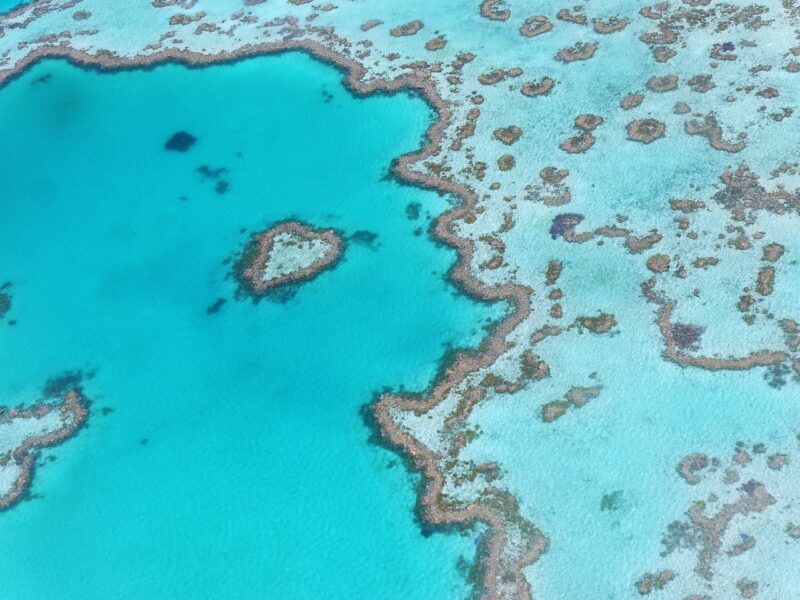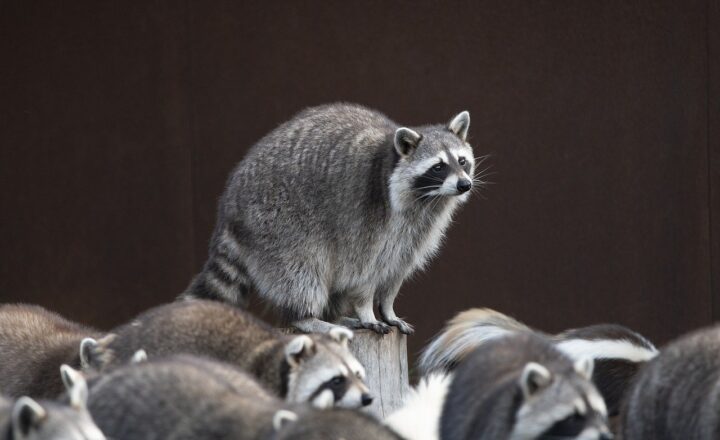Exploring the Great Barrier Reef: The World’s Largest Coral Reef System
November 14, 2024

The Great Barrier Reef, a UNESCO World Heritage site and one of the natural wonders of the world, embodies the beauty and complexity of marine ecosystems. Stretching over 2,300 kilometers off the northeastern coast of Australia, it is the largest coral reef system on the planet, teeming with diverse marine life and awe-inspiring landscapes. This article explores the remarkable attributes of the Great Barrier Reef, the challenges it currently faces, and its significance for conservation and tourism alike.
1. Overview of the Great Barrier Reef
The Great Barrier Reef encompasses approximately 344,400 square kilometers and includes over 600 islands and 300 reefs. It is home to nearly 400 species of coral, 1,500 species of fish, and countless other organisms ranging from sea turtles to dolphins. This biodiverse habitat provides not only a sanctuary for marine life but also supports the tourism and fishing industries that are vital to the Australian economy.
The Great Barrier Reef is divided into three main regions: the northern, central, and southern sections. Each offers unique vistas and diverse ecosystems. Visitors can experience breathtaking coral formations, vibrant marine species, and clear azure waters, making it one of the most sought-after destinations for snorkelers, divers, and nature lovers around the globe.
2. The Biodiversity of the Reef
The Great Barrier Reef supports an incredible array of marine species. Here are some highlights of its remarkable biodiversity:
- Coral Species: The reef is constructed from various coral species, primarily hard corals like acropora, which play a vital role in building the reef structure. Each coral species has a unique role in the ecosystem, contributing to the overall health and resilience of the reef.
- Fish Diversity: Home to over 1,500 species of fish, including clownfish, parrotfish, and lionfish, the Great Barrier Reef is a vivid illustration of aquatic life. The interplay between species creates a dynamic ecosystem that is essential for balancing marine environments.
- Marine Mammals: The reef provides habitat for endangered species like the dugong and various species of sea turtles. Humpback whales migrate north through the reef during breeding season, offering a spectacular sight for visitors.
- Bird Species: The surrounding islands are home to over 200 species of birds, including seabirds like the black noddy and various types of terns that utilize the reef for nesting and feeding.
This biodiversity not only enriches the marine environment but also boosts the local tourism economy, as visitors flock to witness the stunning variety of life beneath the waves.
3. The Importance of the Great Barrier Reef
The significance of the Great Barrier Reef extends far beyond its breathtaking beauty:
- Ecological Role: As one of the most diverse ecosystems, the reef plays a crucial role in maintaining ecological balance. Coral reefs support a large number of marine species and provide food, breeding, and nursery habitats for fish and other marine life.
- Economic Value: The reef contributes billions to the Australian economy through tourism and fishing. Eco-tourism surrounding the reef attracts approximately 2 million visitors annually, showcasing its importance as a natural resource.
- Cultural Significance: The Great Barrier Reef holds significant cultural value for Indigenous Australian communities. Traditional owners use the reef sustainably and hold deep spiritual connections to the area that inform their practices and beliefs.
Recognizing the multifaceted importance of the reef emphasizes the need for its conservation and protection.
4. Threats to the Great Barrier Reef
Despite its grandeur, the Great Barrier Reef faces numerous threats that jeopardize its health and longevity:
- Climate Change: Perhaps the most critical danger is climate change, which causes coral bleaching due to rising sea temperatures. When corals become stressed, they expel the algae living in their tissues, leading to a white appearance and weakening their structure, making them more susceptible to disease and death.
- Pollution: Runoff from agriculture, coastal development, and urban areas introduces pollutants that create nutrient imbalances, leading to algal blooms and the degradation of coral ecosystems.
- Overfishing: Unsustainable fishing practices disrupt the delicate balance of marine life, impacting predator-prey relationships and diminishing fish populations. Bycatch threatens not only commercially valuable fish but also vulnerable species, further endangering the reef’s ecosystems.
- Coastal Development: Infrastructure and urban expansion near the coast lead to habitat loss, sedimentation, and further pollution, negatively impacting reef health and spawning grounds for marine species.
The combination of these threats poses significant challenges to the reef’s survival and emphasizes the need for immediate action from governments, organizations, and communities to ensure its protection.
5. Conservation Efforts and Initiatives
In response to these challenges, numerous efforts are underway to conserve and restore the Great Barrier Reef:
- Reef Restoration Projects: Initiatives involve transplanting corals and stabilizing degraded areas to rebuild the reef framework. Research is ongoing to identify resilient coral species that can withstand warmer temperatures and changing conditions.
- Water Quality Improvement Programs: Collaborations between government agencies and local farmers focus on reducing agricultural runoff through best practices, ensuring cleaner water reaches the reef.
- Sustainable Fishing Practices: Fisheries are adopting management plans to promote sustainable harvesting. Regulations are in place to minimize bycatch and protect sensitive areas of the reef.
- Education and Awareness Campaigns: Community engagement is crucial. Programs inform visitors and locals alike about reef conservation, encouraging responsible tourism and stewardship practices.
These concerted efforts emphasize the global commitment to protecting the Great Barrier Reef and underscore the importance of collaborative action between stakeholders.
6. Visiting the Great Barrier Reef
For those eager to explore the beauty of the Great Barrier Reef, there are myriad experiences awaiting you:
- Snorkeling and Diving Tours: Engage with the reef firsthand by joining guided snorkeling or diving tours, ranging from beginner to advanced levels. Encounter vibrant coral gardens, swim alongside diverse fish species, and discover the underwater world up close.
- Scenic Flights: For a bird’s-eye view, consider a helicopter or seaplane tour, offering stunning perspectives of the reef’s expansive size and vibrant colors.
- Educational Programs: Participate in programs offered by eco-tourism operators to learn about the ecology of the reef and conservation efforts while enjoying nature in a responsible manner.
- Sailing Adventures: Experience the reef from the deck of a sailboat, enjoying sunset cruises or overnight trips to islands and lesser-known sites within the reef system.
Visiting the Great Barrier Reef fosters a deeper appreciation for its beauty and highlights the importance of conservation efforts underway to preserve it for future generations.
Conclusion
The Great Barrier Reef stands as a testament to the enchantment and fragility of our natural world. It is vital to recognize its ecological importance, economic benefits, and cultural significance while understanding the urgent need to address the threats it faces. Through collective action, awareness, and responsible tourism, we can all contribute to preserving the magnificence of the Great Barrier Reef for years to come.
By advocating for its health, engaging in sustainable practices, and supporting conservation efforts, we can ensure that this magnificent marine ecosystem thrives, serving as a legacy and a source of inspiration for generations to come.







